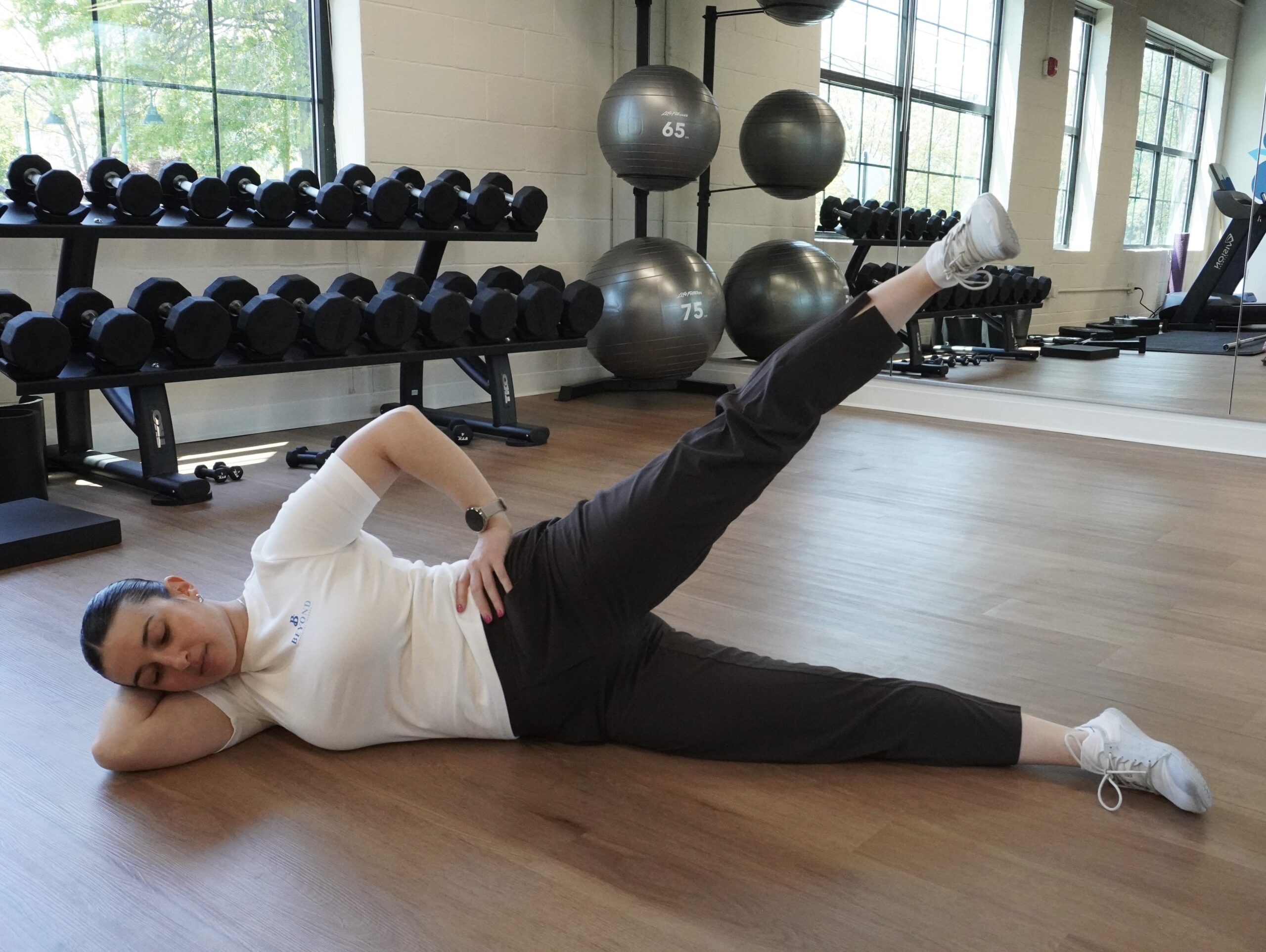Smart Stretching
Stretching is an essential part of any well-rounded fitness program – but there’s so much conflicting information out there regarding how to do it best. In this blog post, we’ll dive into the different types of stretching, appropriate duration to hold stretches, and more!
What is stretching?
When we hear the term “stretching,” we often think of muscles getting longer or “stretched out,” allowing us to feel more flexible or have more movement. While muscle lengthening is one component of becoming more flexible, there are other things happening in the body to allow for more flexibility!
Increased flexibility can be due to:
– increased muscle length
– improved joint range of motion
– decreased muscle tension
– improved neuromuscular control
– increased muscle strength
– and more!
What are the different types of stretching?
Static stretching: refers to holding a certain position of stretch for a period of time
Dynamic stretching: refers to moving in and out of a position of stretch (performing for repetitions, versus holding for time)
Proprioceptive Neuromuscular Facilitation (PNF) stretching: involves muscle contractions in a position of stretch. This can involve contracting the muscle that helps you move into the same direction you are trying to stretch or contacting the muscle that helps you move in the opposite direction you are trying to stretch.
How long should I hold a static stretch?
< 60 seconds: appropriate in most situations for most healthy individuals
– Holding a stretch for < 60 seconds has been shown to improve flexibility with minimal detriment to performance.
> 60 seconds: appropriate for those who are not planning on being active within a few hours of their flexibility training.
– Holding a static stretch for one particular muscle for > 60 seconds may impact muscle performance in that muscle for a few hours afterwards. If you are stretching as a warm up for an activity, opt for static stretching < 60 seconds or a different type of stretching (dynamic or PNF).
15-30 seconds: when in doubt, choose this time frame!
– 15 seconds has been shown to be the minimum duration of holding a static stretch that is required to see improvements in flexibility.
– A bit longer than 15 seconds, up to 30 seconds, has been shown to be slightly more beneficial than 15 seconds, when holding a static stretch.
– Holding a static stretch between 30 and 60 seconds has shown minimal significance (although I wish the studies were of higher quality!)
*If you are experiencing pain or a muscle-related injury, speak to your physical therapist before beginning a stretching routine. Oftentimes, static stretching can increase symptoms related to a muscle strain. Your PT will help you choose effective and safe dynamic mobility exercises that help to reduce your symptoms.
Which type of stretching is best?
This depends on what you are doing before or after your stretching:
Warming up for an activity:
At BEYOND PT, we help our patients create warm ups with dynamic stretching, pausing for some static holds up to 20 seconds in the target areas for that individual up to moderate intensity, and some PNF stretching based on what muscles will be active during the specific activity that individual is warming up for!
Cooling down from an activity:
We opt for some light movement immediately after an activity. This movement will depend on the individual and the activity, but usually we let our stretches prolong to 30 seconds with lighter intensity than the warm ups.
Throughout the day, at least 2 hours before any intense physical activity:
In these situations, we work with the individual to see what options fit best in their lifestyle. For some patients, we focus on static stretching up to 2 minutes and with others we focus on shorter-duration dynamic movements.
Starting a Mobility Program
At BEYOND Physical Therapy, our Doctors of Physical Therapy work with you to create an individualized mobility program that fits your lifestyle, including the amount of time you’re able to spend on mobility work, the equipment you have available to you, and your specific goals.
Reach out to us today to start working on your flexibility goals!
Sources:
PMID: 22319684
PMID: 37092369
PMID: 24149201
PMID: 31849713
DOI: 10.1007/s00421-011-1879-2
DOI: 10.1080/09720073.2014.11891966
DOI: 10.1519/15044.1


